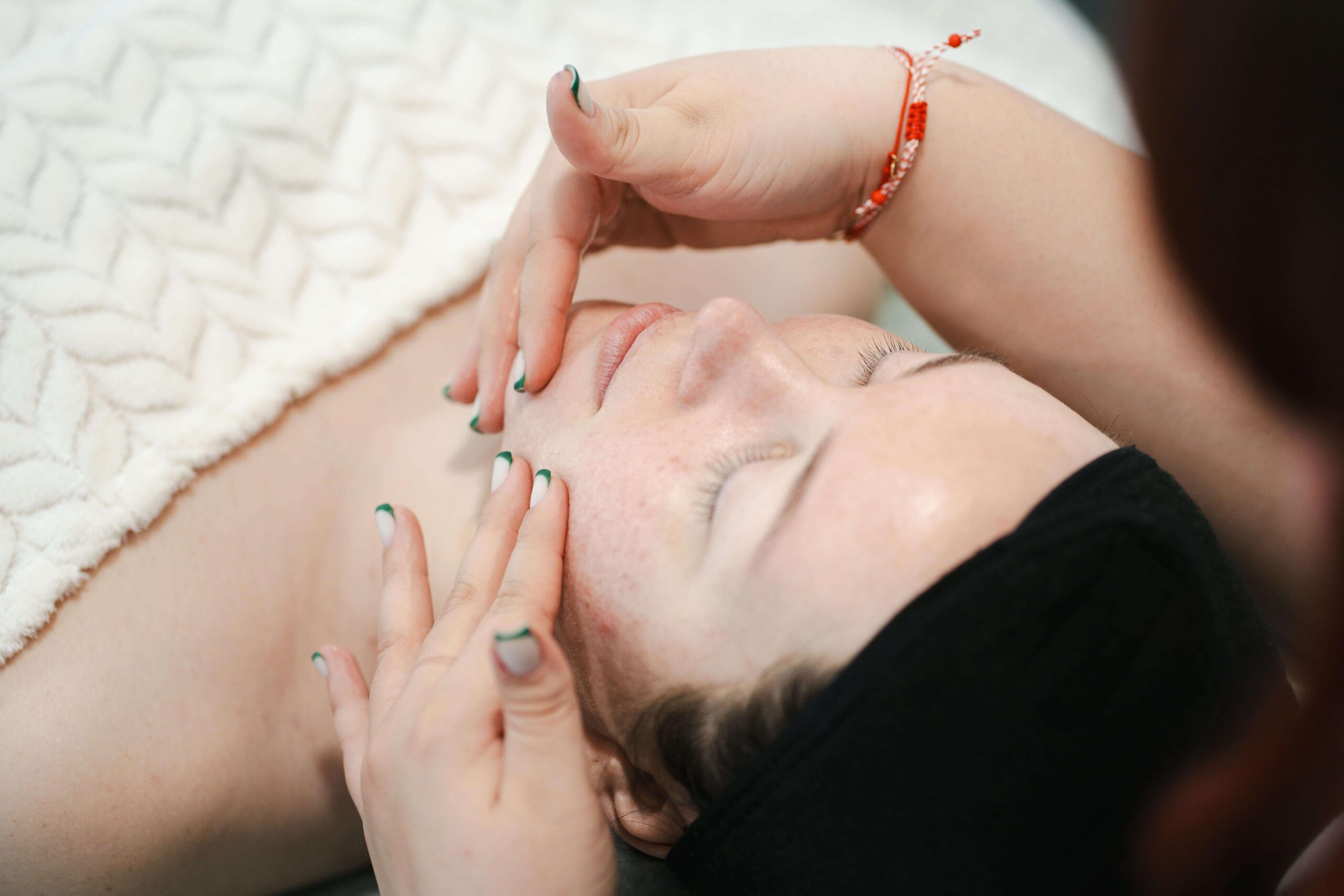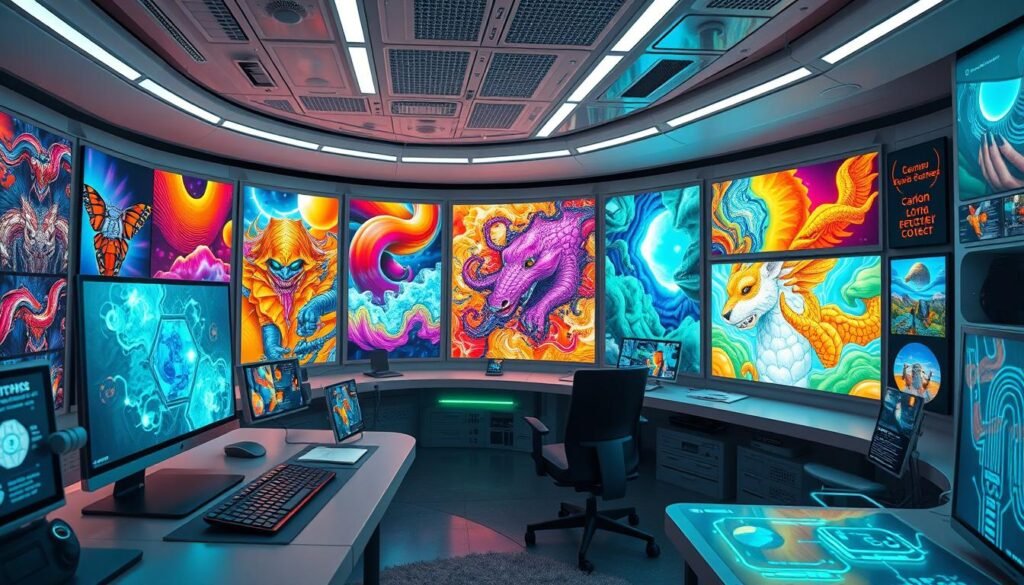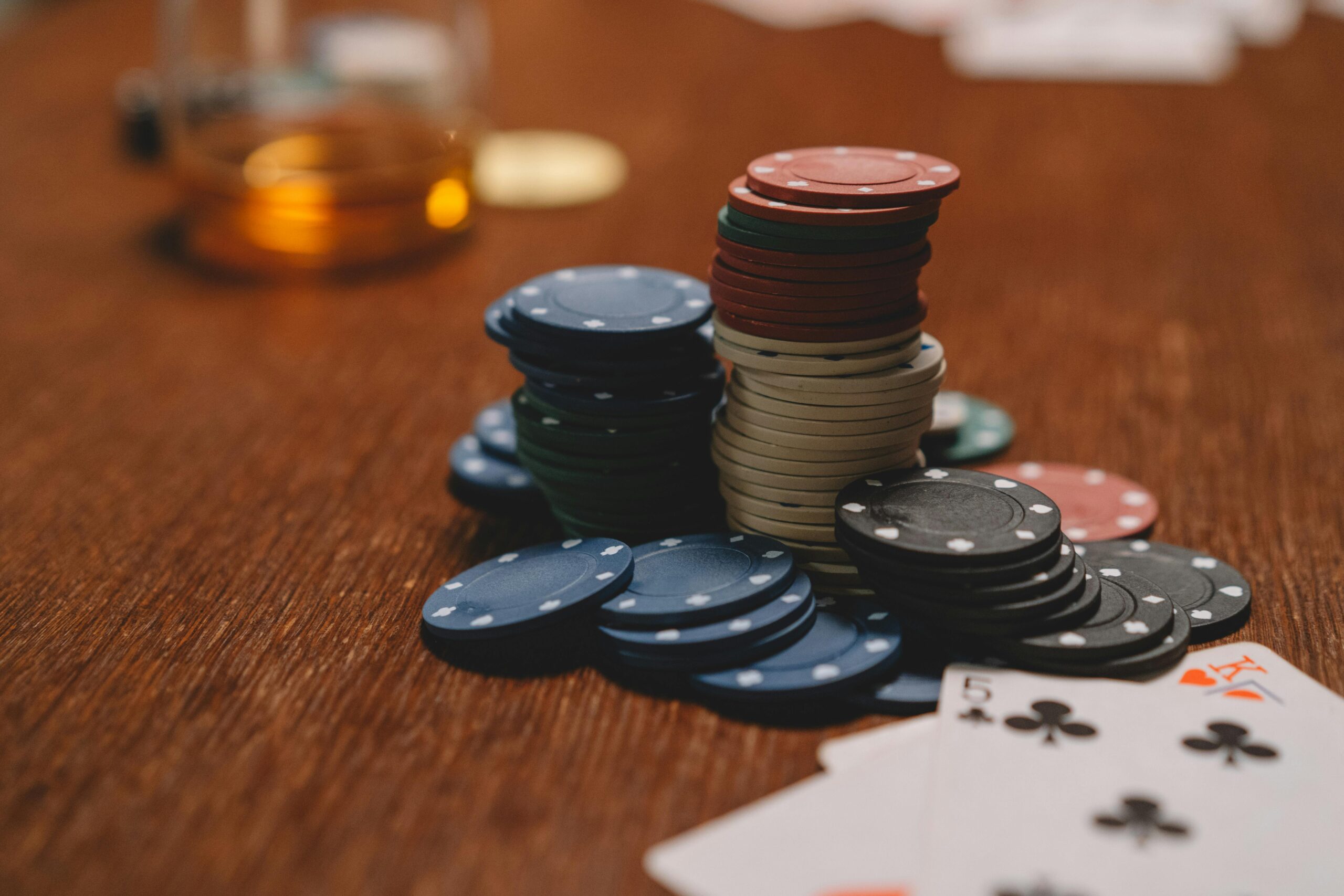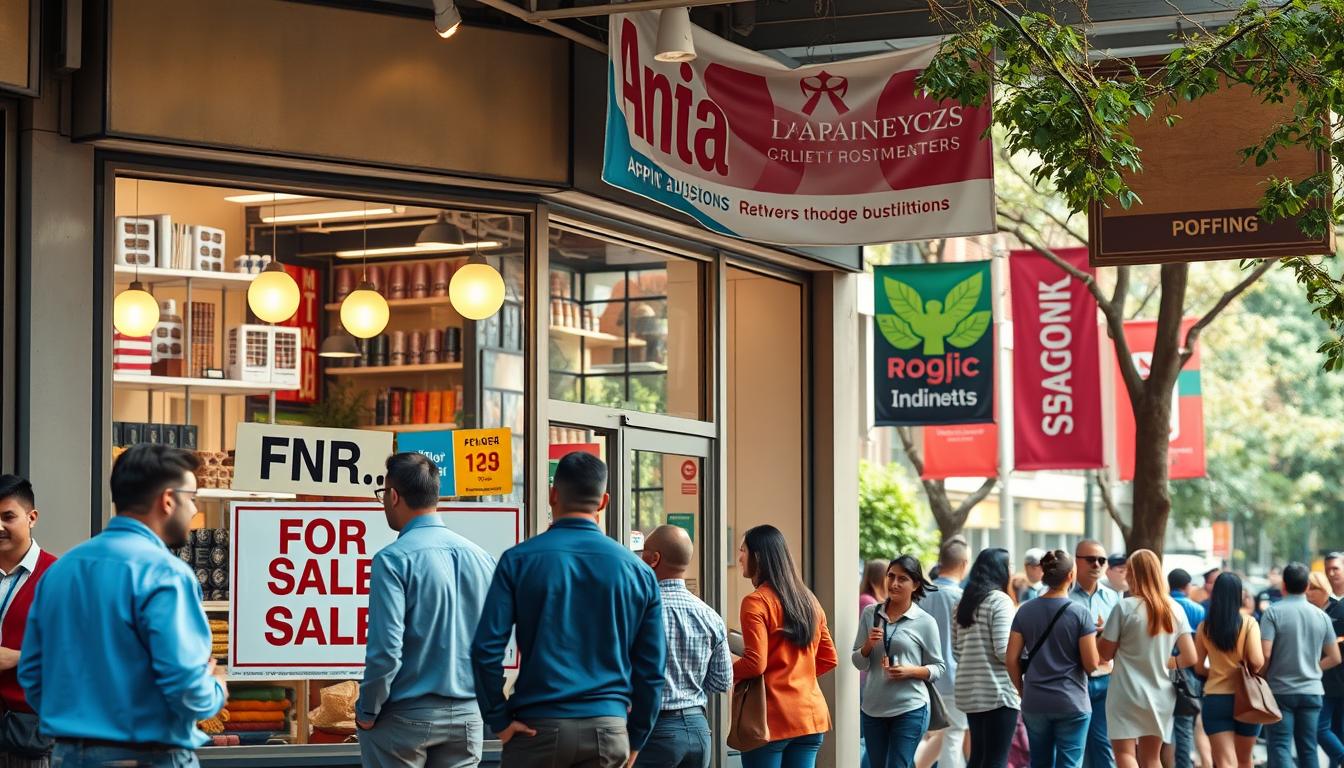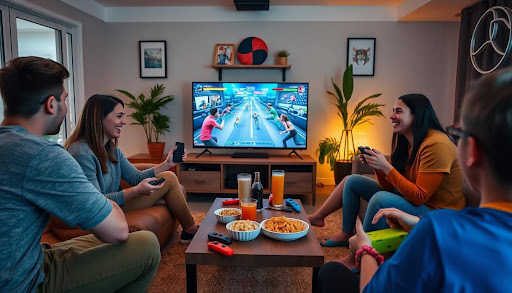Today’s art world is changing fast, thanks to revolutionizing digital creativity with AI. Artists and designers are using AI to make impossible digital art. This new method boosts creative expression. It also brings tech and human creativity together. This means more chances for new ideas and inspiration.
Table of Contents
ToggleKey Takeaways
- AI image technology is transforming how artists create and express themselves.
- Artificial intelligence art opens up new possibilities for digital imagery.
- The collaboration between technology and creativity fosters innovation.
- Artists are utilizing AI tools to explore previously unimaginable realms.
- This evolution highlights the increasing significance of AI in the artistic process.
The Rise of AI Image Technology
AI image technology is changing how we create and see art. It’s crucial to understand its basics. This knowledge lets people see how AI affects visual art. At its heart, AI Image technology uses complex algorithms and learning from machines to make new images. It makes creating art a new experience.
Understanding the Basics of AI Image
Leveraging data and high-tech methods are the basics of AI image. This tech learns from huge amounts of data. It learns about different patterns, styles, and visual elements. By knowing these basics of AI image, artists and designers can add new tools to their work. This expands what they can create.
How AI is Changing the Art Landscape
AI is really changing the art world. Tools like DALL-E and Midjourney let more people make art. Anyone can try being an artist with these AI tools. This opens up art to more people, mixing traditional and digital art. Art is now something everyone can share in. It invites all kinds of new ideas and styles.
What is Image Generation?
Image generation is about making digital images using different techniques. The field changed a lot when algorithms got involved. These algorithms have changed how artists and designers create visuals. Knowing about this tech helps us see how it’s different from old methods.
The Role of Algorithms in Image Creation
Algorithms are key in today’s image generation. They use statistical models to understand data and make images that fit what users want. These algorithms look at patterns and styles in images to make new ones. This makes things faster and more accurate, helping digital artists a lot.
Comparing Traditional and AI Image Generation Techniques
When we look at traditional versus AI in making images, we see big differences. For a long time, artists used tools like pencils and paint. They worked hard to develop a style that was truly theirs.
But AI changes things by using tech to make art faster and in bigger amounts. Unlike the old ways, AI can look at a lot of art and copy styles well. This shows the pros and cons of each method, making the art world interesting.
| Aspect | Traditional Image Generation | AI Image Generation |
|---|---|---|
| Technique | Manual methods using physical tools | Algorithm-driven processes leveraging data |
| Speed | Time-consuming, dependent on skill level | Rapid, capable of generating numerous images quickly |
| Uniqueness | Highly personal and unique outputs | May generate varied outputs based on learned styles |
| Error Margin | Subject to artist’s varied skills | Lower, thanks to algorithm accuracy and refinement |
Deep Learning and Neural Networks in Image Synthesis
Deep learning and neural networks are vital in image synthesis. They mimic the human brain to make new images. This tech lays the groundwork for algorithms that create detailed visuals, showing the power of AI.
The Science Behind Neural Networks
Neural networks have layers of nodes that work together to analyze data. Each node’s input is decided by its weight and bias. This makes neural networks great for creating complex images that look like they were made by humans.
Through training on lots of data, these networks get better at spotting details and copying art styles. They showcase incredible creativity.
How Deep Learning Enhances Image Quality
Deep learning boosts image quality with several techniques. For example, style transfer changes one image’s style to another, creating unique pictures. Super-resolution improves the detail in lower-quality images. These improvements let AI-generated images stand out, pushing the boundaries of traditional art.
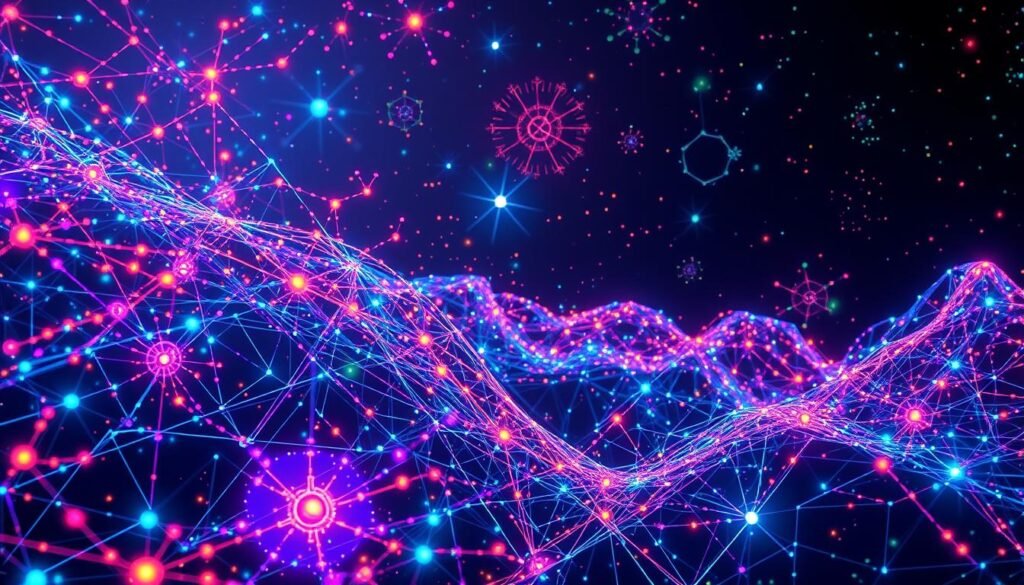
Generative AI: A New Frontier for Creatives
Generative AI is changing the game in the creative world. It does this through something called Generative Adversarial Networks (GANs). These high-tech algorithms help create incredibly lifelike images. They act as a bridge linking technology with art.
Understanding Generative Adversarial Networks (GANs)
Generative AI works thanks to Generative Adversarial Networks. These involve two parts: the generator and the discriminator. The generator makes images, and the discriminator judges if they look real. This teamwork leads to more realistic images over time. Artists now have tools that were once hard to imagine.
The Impact on Digital Creatives
The advent of generative AI is changing things for digital creatives. It lets artists and designers try out new styles and methods. They’re breaking past old limits. This triggers a surge of creativity and opens up endless possibilities.
- Enhanced creativity through AI-assisted tools.
- Exploration of new artistic styles facilitated by generative AI.
- Collaboration between human intuition and machine learning enhances the creative process.
Generative AI’s growth is making a big impact on the creative community. Digital creatives are at the edge of an art revolution. They’re using tech that boosts their skills and inspires new art forms.
The Intersection of AI and Computer Vision
The combo of AI and computer vision is changing digital creativity. AI systems now better understand visual data. This lets them make advanced and creative images. AI and computer vision work together. They produce content that connects with people both in beauty and context.
How Computer Vision Powers AI Image Technologies
Computer vision is key for AI in image creation. It uses smart algorithms to *interpret* and *analyze* visuals like our brains do. This process includes:
- Image recognition: Identifying objects, scenes, and activities in pictures.
- Scene understanding: Knowing the space and context in images to tell a story.
- Feature extraction: Picking key details from images to help in creating new ones.
Applications of Computer Vision in Art Creation
Computer vision in art is both inspiring and broad. Here are some key applications:
| Application | Description | Impact on Art Creation |
|---|---|---|
| Style Transfer | Adapting the style of one image to another. | Makes blending different art styles easy for artists. |
| Image Enhancement | Improving the quality and details of pictures. | Gives artwork more richness and allows for more changes. |
| Content Generation | Creating new works based on learned data. | Helps human artists and AI tools work together, making new ideas. |
Artistic Possibilities with AI-Generated Visuals
AI-generated visuals have changed the art world. Artists can explore unique styles and methods that were once impossible. This tech widens creative views and helps artists work together with machines.
Exploring Unique Styles and Techniques in AI Art
Artists have endless options with AI-generated visuals. They can use advanced tech to try out many visual styles. This leads to art that mixes eras, cultures, or mediums. Unique styles challenge old art forms and start new discussions in the art world.
Collaboration Between Human Artists and AI Tools
Collaborating with AI tools lets artists improve their work while keeping their artistic vision. AI helps with color choice, layout, or ideas. This teamwork leads to new art that combines human creativity with AI’s accuracy. It results in exciting art that grabs people’s attention.
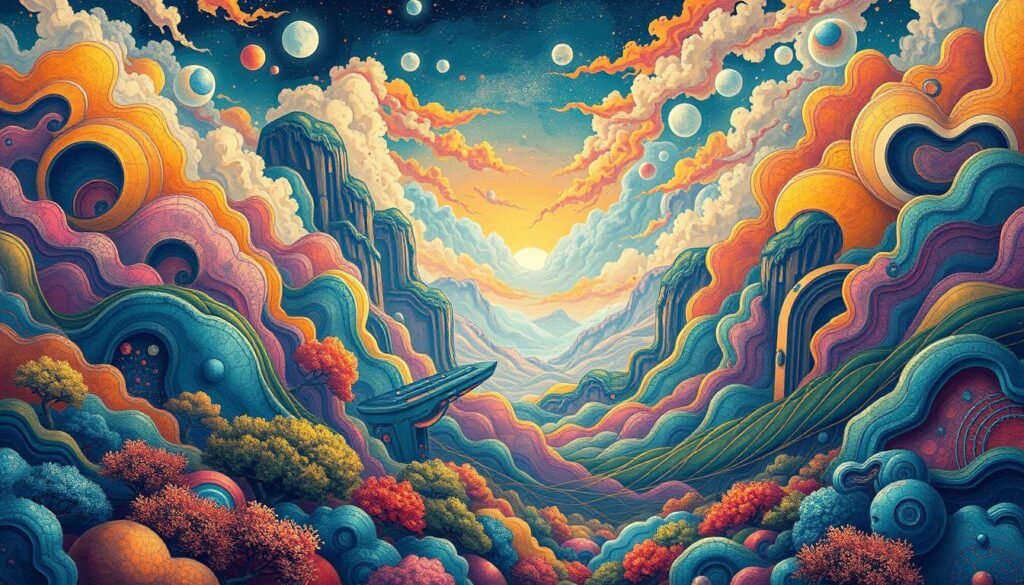
| Aspect | Traditional Art | AI-Generated Art |
|---|---|---|
| Creativity | Limited to artist’s vision | Expands beyond traditional boundaries |
| Efficiency | Time-consuming process | Quick iterations and variations |
| Techniques | Standard media (paint, canvas) | Diverse styles (genetic, abstract) |
| Collaboration | Solo artist’s effort | Partnership with AI tools |
AI and human creativity create a vast space for art that redefines creativity. It lets artists make art that matches changing stories in our culture. And it pushes visual expression to new limits.
The Benefits and Challenges of AI Image Creation
AI image creation boosts creative workflows in many ways. Artists and designers can now create more visual content faster than ever. They also find these tools more accessible, letting even those without art training make new designs. This opens up the world of creativity to everyone, bringing new ideas and expressions to life.
Advantages of Using AI in Creative Workflows
AI offers big pluses in the realm of creativity:
- Speed and Efficiency: AI can quickly turn ideas into images, much faster than old-school methods.
- Cost-Effectiveness: Spending less on materials and redoing less work saves both time and money.
- Enhanced Creativity: AI suggests new styles and techniques, encouraging artists to try different things.
- Scalability: Artists can make lots of art for big projects without needing more workers.
Ethical Considerations and Challenges in AI Art
Ethical challenges are part of AI image creation, too. Copyright issues pop up when AI art looks too much like existing pieces, raising questions about who really owns the work. Many wonder if AI-made art counts as real art. There’s also fear that the flood of AI images might make people value human-made art less.
The Future of AI Image Technologies
The next decade looks bright for AI image technologies. We’re seeing signs of big changes that will alter how we create across different areas. These changes will make algorithms and deep learning better, leading to improved art generation.
Predictions for the Next Decade
Here’s what we might see with AI image technologies in the future:
- Enhanced Algorithms: We expect to see smarter algorithms. They’ll bring images to life, touching our emotions more deeply.
- Deep Learning Innovations: New deep learning methods will come. They will let users make stunning visuals like never before.
- Greater Accessibility: AI tools for making art will become easier to use. More people will be able to create art easily.
- Collaborative Tools: There will be new ways for artists and AI to work together. This will make creating art more interesting.
Innovations on the Horizon
Here are some innovations in AI-driven art to expect:
- Immersive Technologies: Art will blend with virtual and augmented reality. This will offer new experiences for viewers.
- Real-Time Collaboration: New tools will allow artists to work together instantly. This will change how artists’ workspaces look.
- Personalized Art Creation: There will be tools made just for you. They’ll cater to your style, making your art stand out.
These up-and-coming technologies show a lot of promise. They’re set to bring art to new heights, fascinating both creators and their audiences.
Conclusion
The growth of AI image tech marks a big change in digital art. We’ve seen how it’s not just changing how artists work, but also letting them dream bigger. AI’s rise means artists can now try out styles and methods that were hard to reach before, changing art’s future.
Looking forward, AI has a lot to offer to both seasoned artists and newbies. With algorithms and deep learning, they can make amazing works that show off their personal touch. But, it’s key to find a balance. We need to make sure tech enhances art without sidelining the human touch and ethical thoughts.
Combining human creativity with AI opens up new possibilities for innovation. As we dive into this mix, it’s crucial to think about how to use these new tools wisely. By doing this, we’re setting the stage for a future where traditional and digital art blend together perfectly.
FAQ
What is AI image technology?
AI image technology uses artificial intelligence and machine learning to make, edit, and improve digital pictures. It helps artists create things that couldn’t be made by traditional methods.
How does deep learning contribute to image generation?
Deep learning uses neural networks to analyze big data sets for image making. This process makes AI images look more real and high-quality.
What are Generative Adversarial Networks (GANs) and how do they work?
GANs are a kind of machine learning where two neural networks compete to make images. One network creates pictures, and the other decides if they’re good enough, until the images get better.
Can AI-generated visuals replace human artists?
AI visuals aim to work with human artists, not replace them. They bring new styles and methods, making creating more diverse and rich.
What are some ethical considerations regarding AI in art?
Some ethical issues are copyright and the genuineness of AI art. There’s also concern about how AI might affect the value of traditional skills. The discussion about AI and its impact on art is ongoing.
How is AI image technology changing the landscape of digital art?
AI image technology makes it easier for more people to create art. It opens up the world of art to those without formal training, leading to more diversity in artistic expression.
What role does computer vision play in AI-generated imagery?
Computer vision lets machines understand and interpret visual content. This skill makes AI-generated imagery more relevant and creative.
What future innovations can we expect in AI image creation?
We look forward to smarter algorithms and more powerful computers. These advances will make creating art with AI more collaborative and accessible to artists everywhere.
